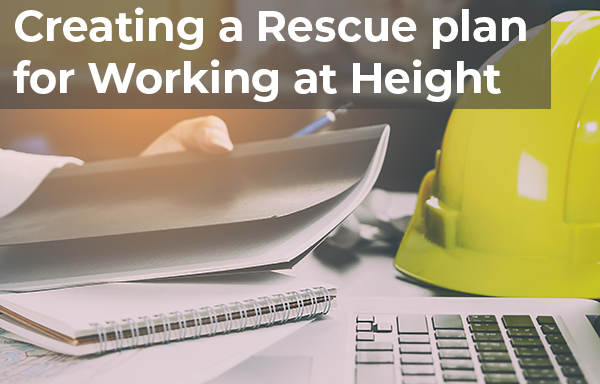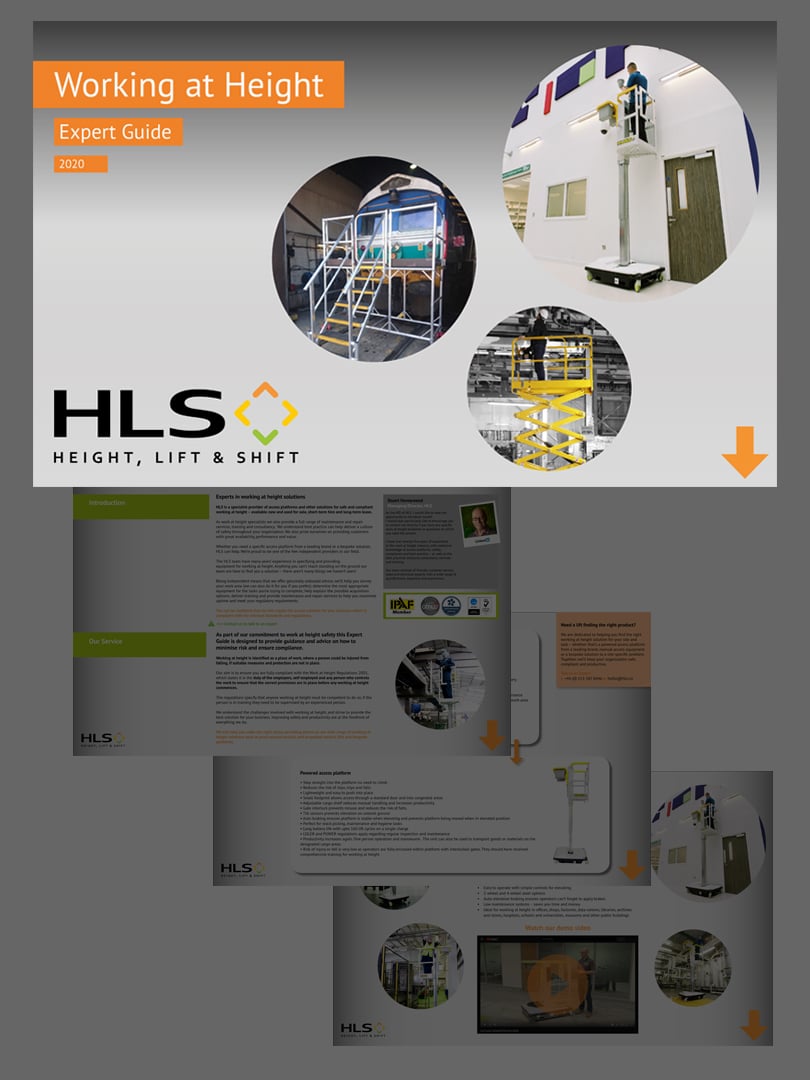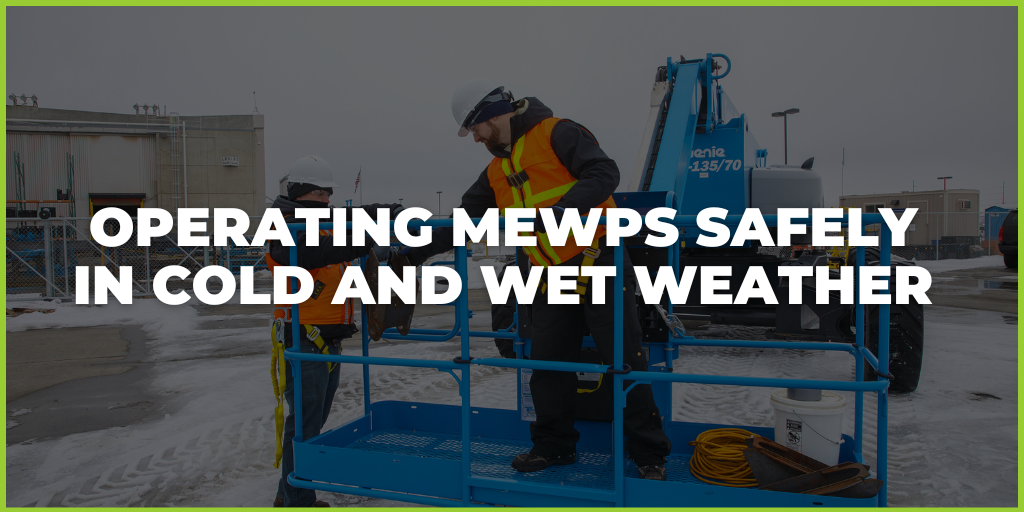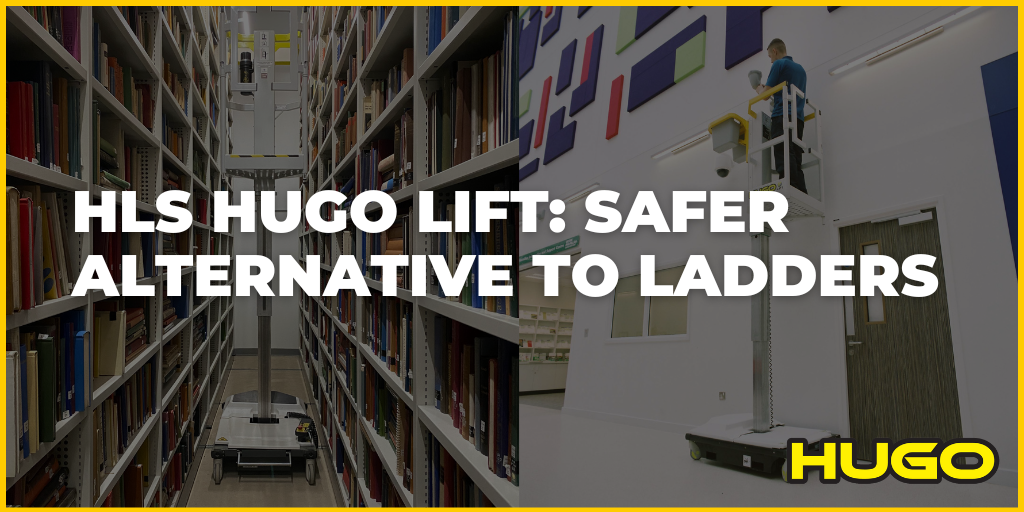Rescue Planning
Over the next four blog posts we will breakdown creating a rescue plan to help you gain a better understanding of what is necessary.
INTRODUCTION & CONSIDERATIONS
Over three million people in the UK are working at height as part of their job, and there are plenty of risks associated with it.
More than a million British businesses and 10 million workers are estimated to carry out jobs involving some form of work at height every year according the gov.uk.
Falls are still one of the biggest causes of death and serious injury at work. Many of the potential dangers are obvious, but for those who are only working from a height a few times a year, it is easy for managers and leaders to overlook the risks. However, from a legal standpoint, even working from a height twice a year is considered as frequent activity and so rescue plans need to be created before any kind of work can begin.
Things to Consider in Your Rescue Plan
There are a few key things you should take into consideration when creating your rescue plan. One of these is the emergency planning element; often forgotten by employers. Here are some of the points that need to be kept in mind for this aspect:
- Potential lack of awareness of the effects of being suspended in a harness and any consequences
- Failure to appreciate where and when rescue is required by the employer
- Failure by the employer to provide rescue equipment that is adequate, suitable, or necessary for a rescue situation
As a result, when constructing your rescue plan, the following points must be taken into consideration:
- The type of equipment required
- The stress and demands on the rescuer
- The training needed by the rescuer before they are able to perform rescue tasks
- The maintenance of the rescue system and its efficiency
Safety Issues to Consider
Every worksite that contains people who work at height needs to have its own rescue plan. This is because every site is different, and so one plan is unlikely to cover every area. You must also consider any fall protection equipment that may or may not be worn by the casualty at the time. Additionally, preparations must be made for potential casualties that are suspended and also out of reach.
However, every rescue plan must take the following issues into consideration:
- The safety of the person carrying out the rescue or assisting with it
- The anchor points used for the rescue (which must be adequate)
- The suitability of the equipment being used
- The method that will be used to recover the casualty
- The direction that the casualty will need to be moved
- The medical requirements (minor and severe) that the casualty will have
- The potential needs of the casualty following the rescue
Download our 2020 Work at Height Expert Guide.





